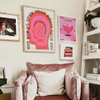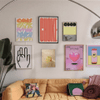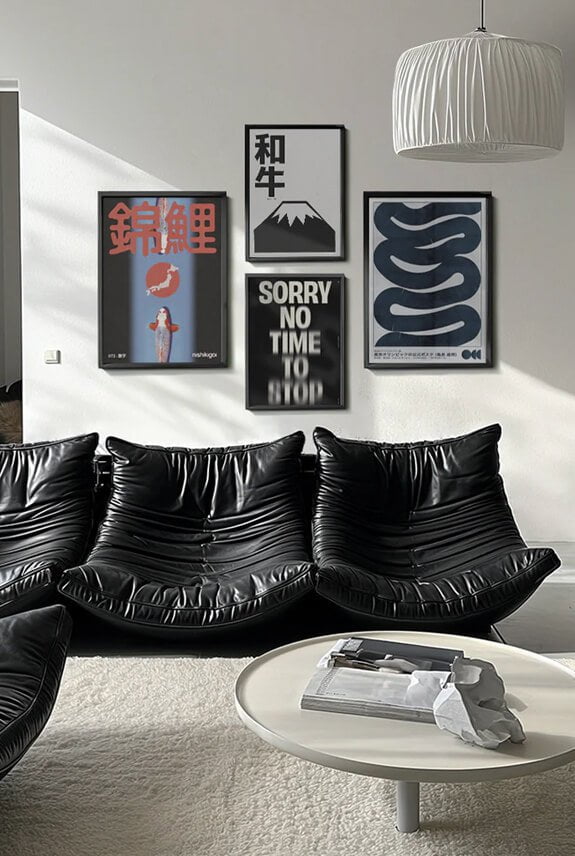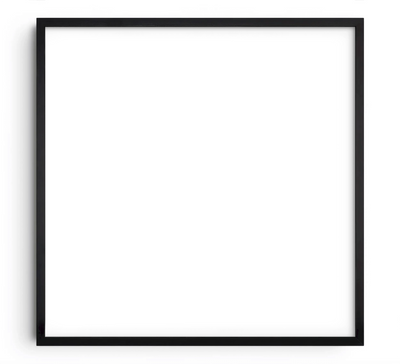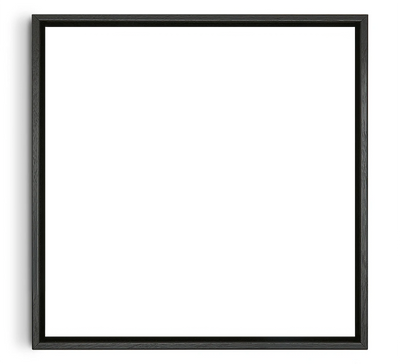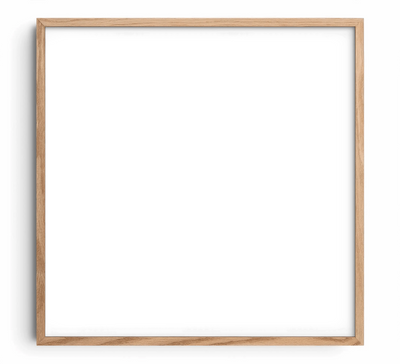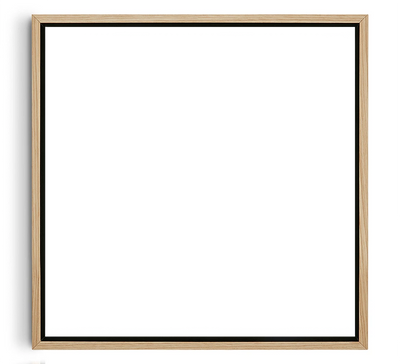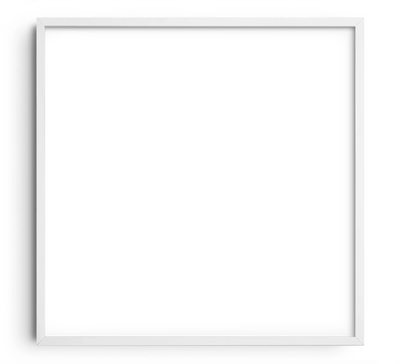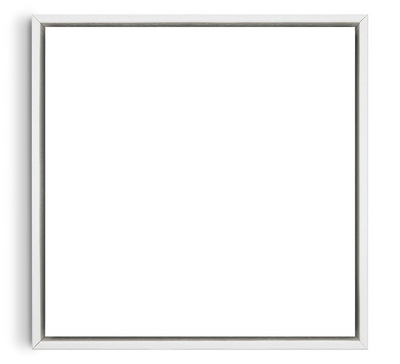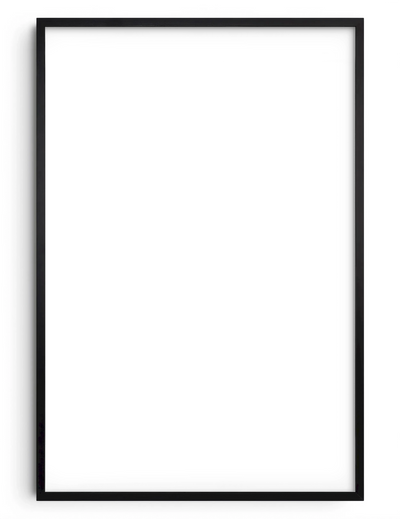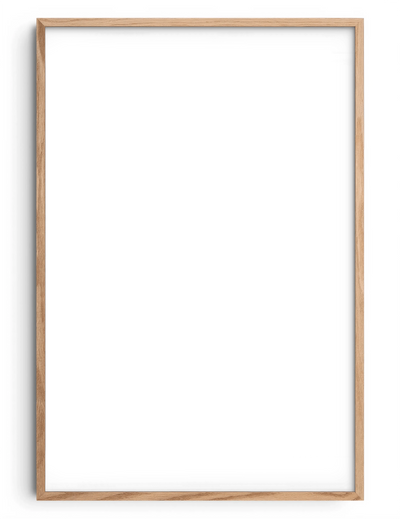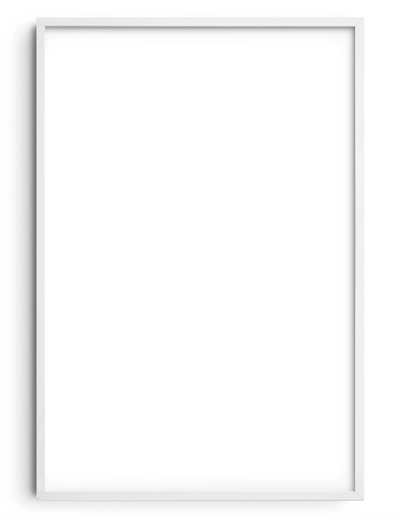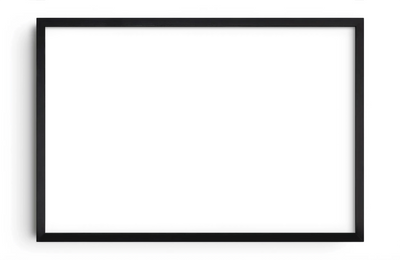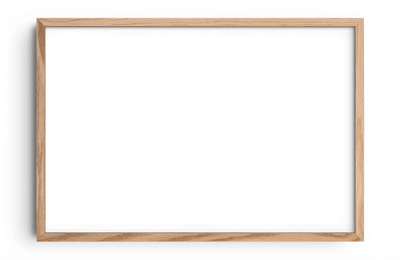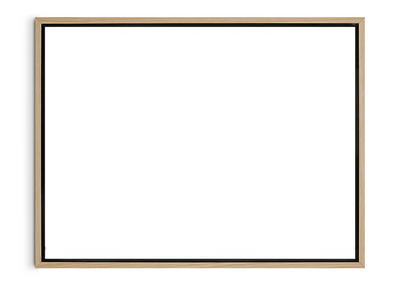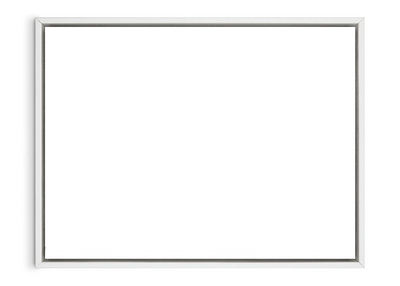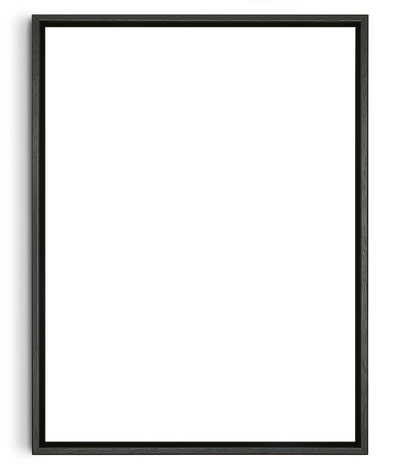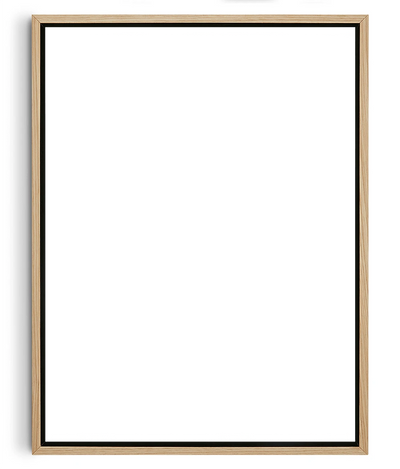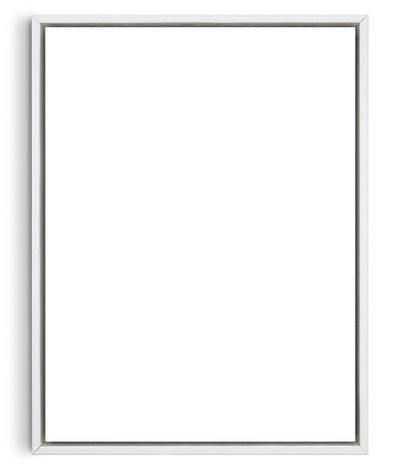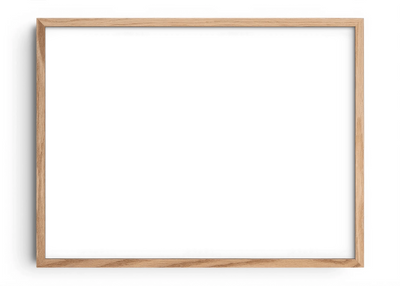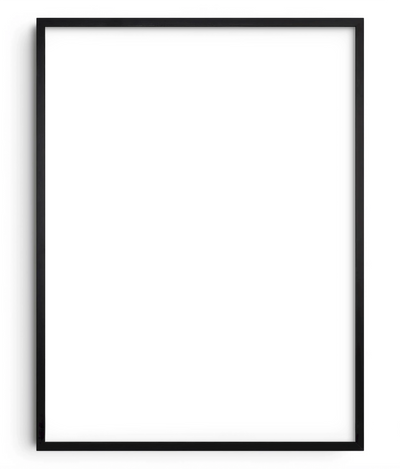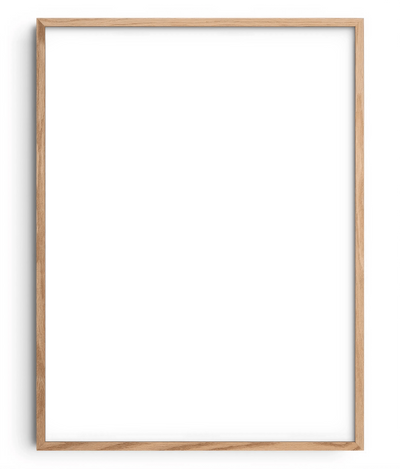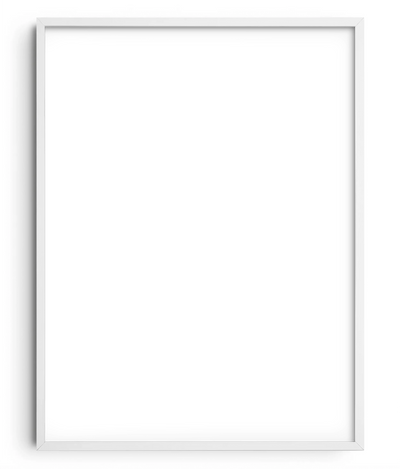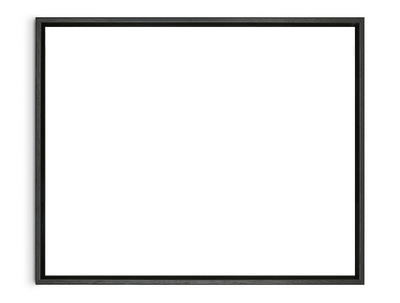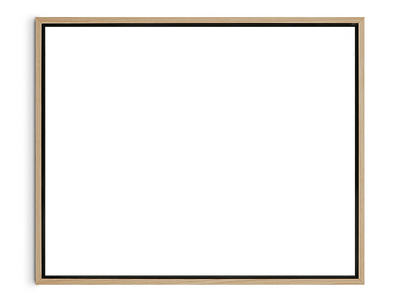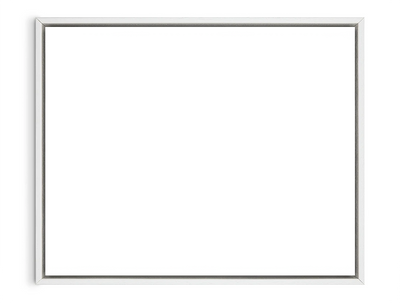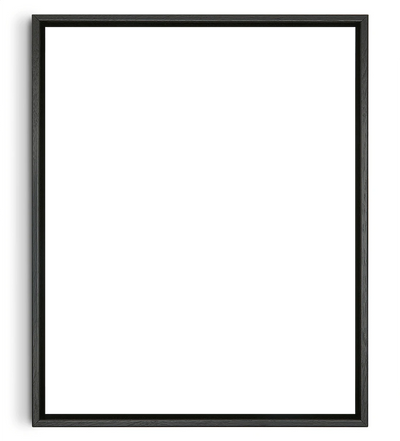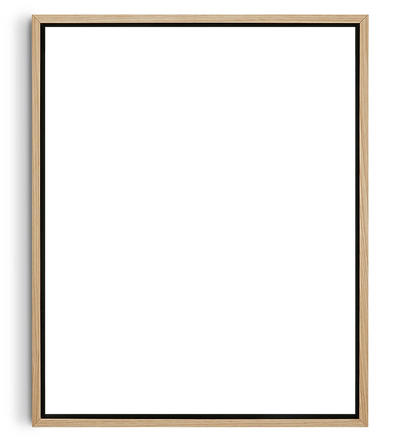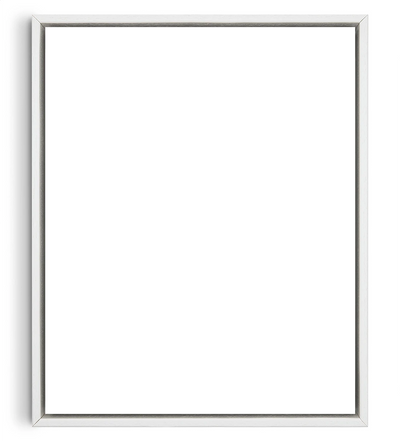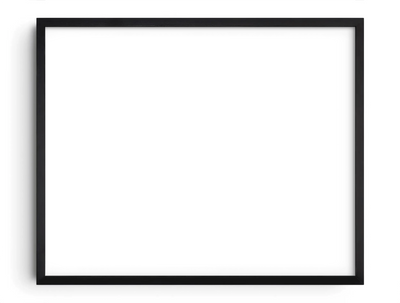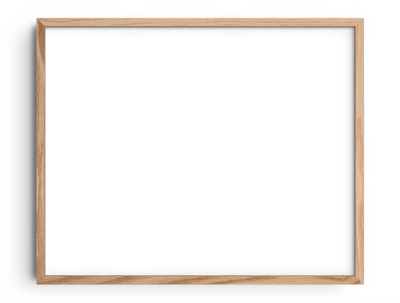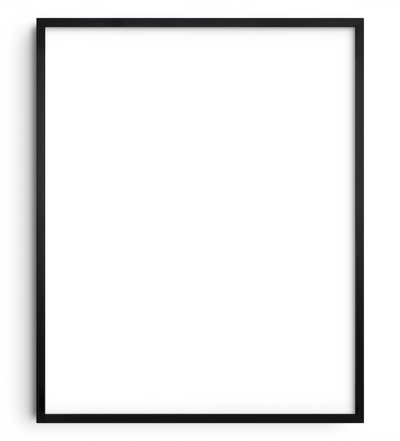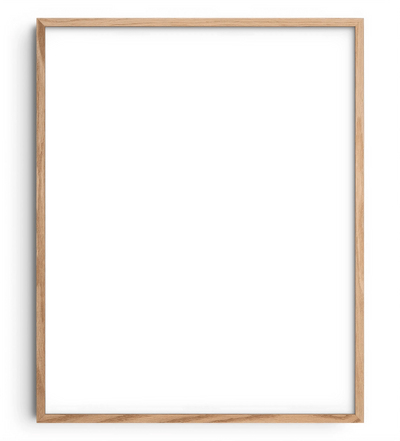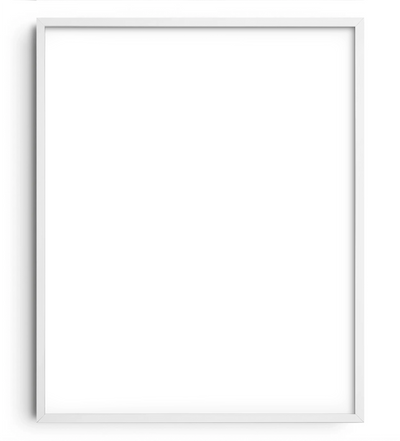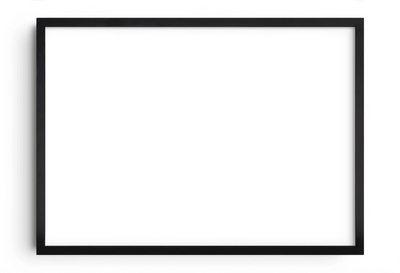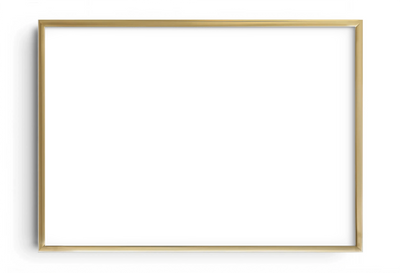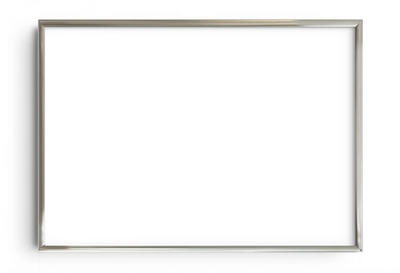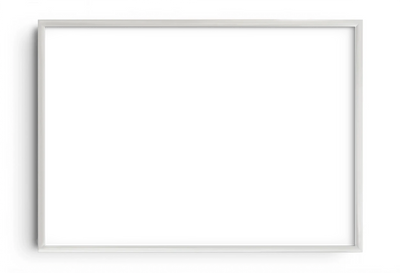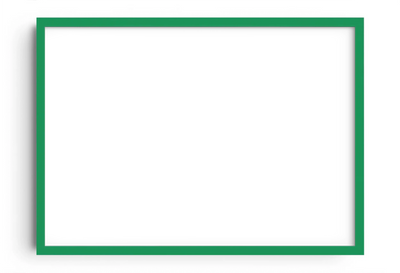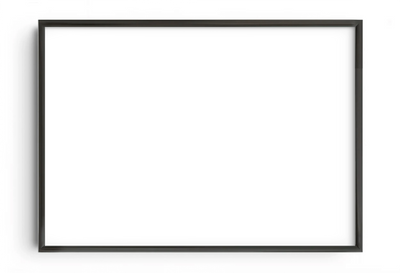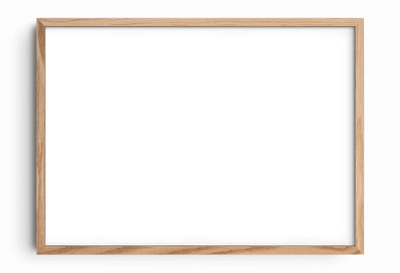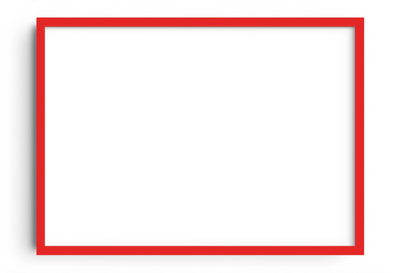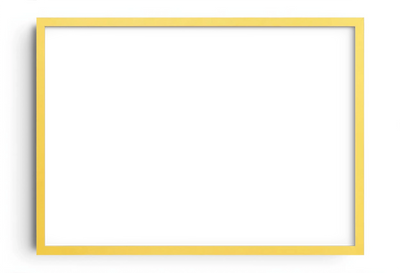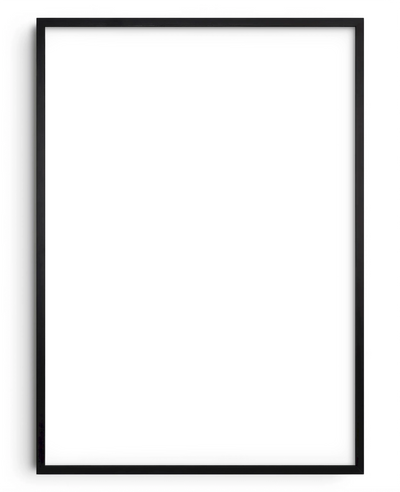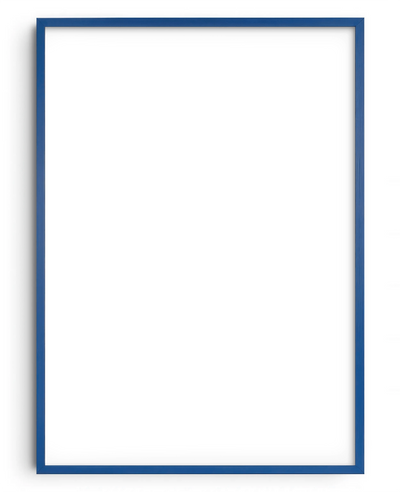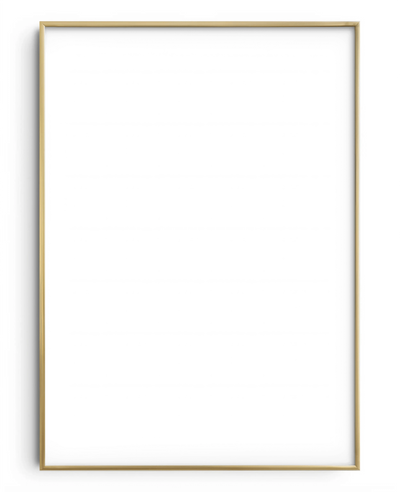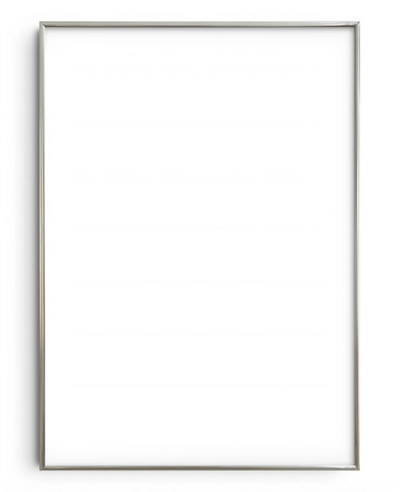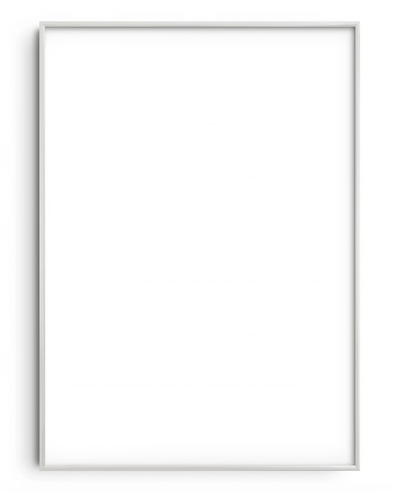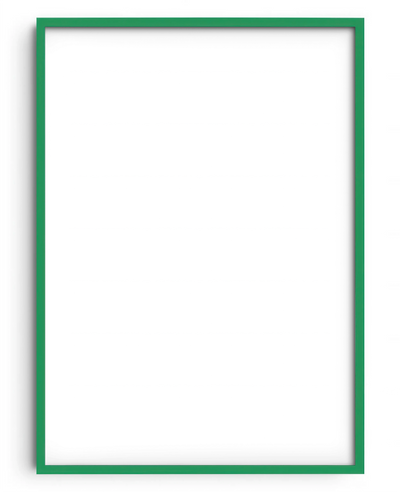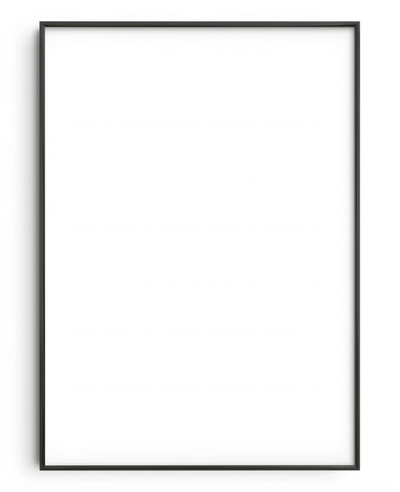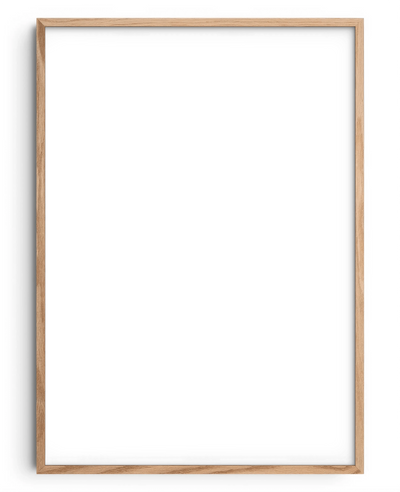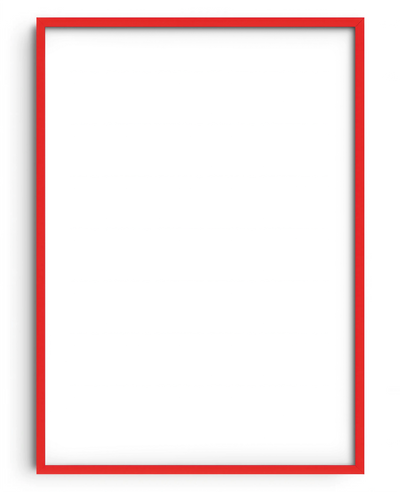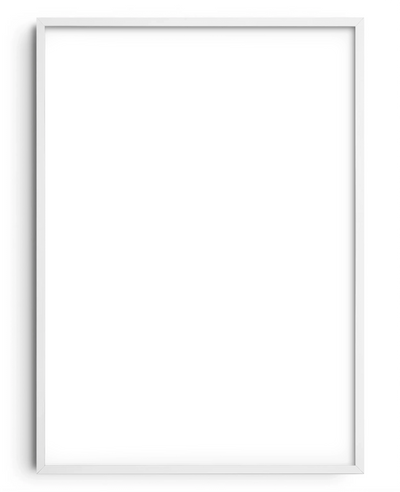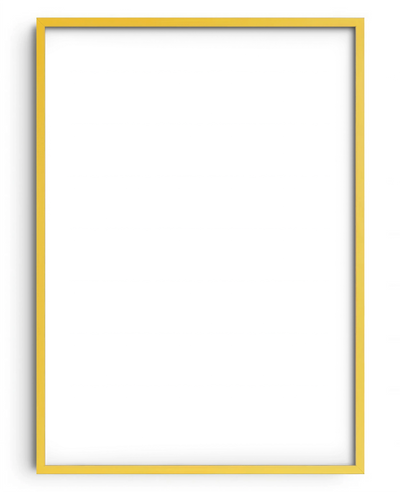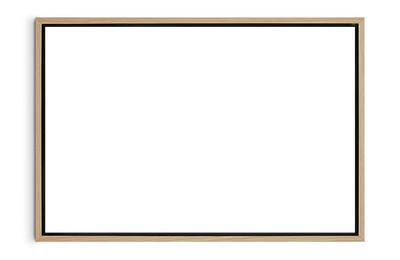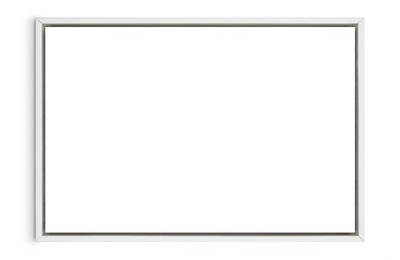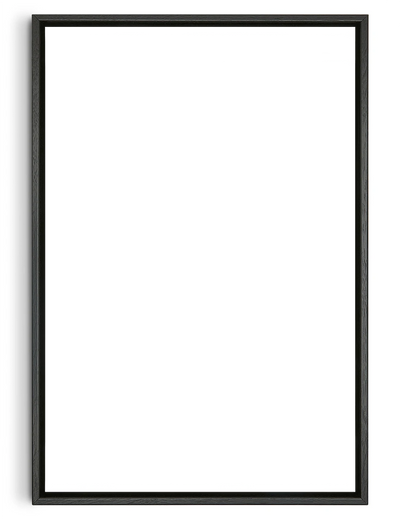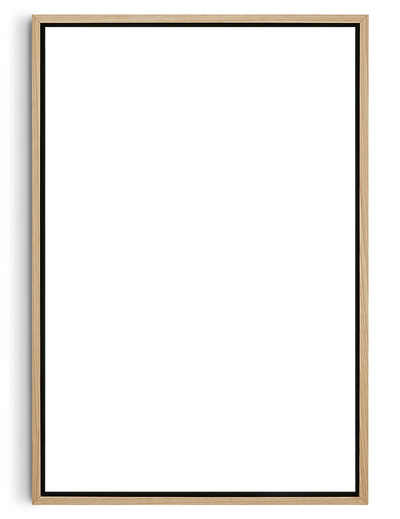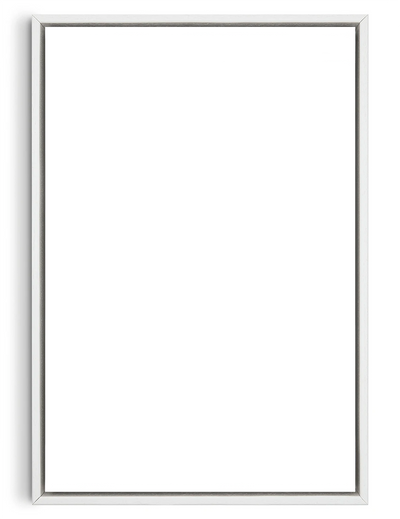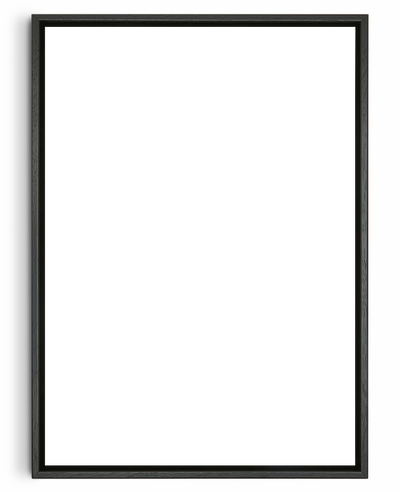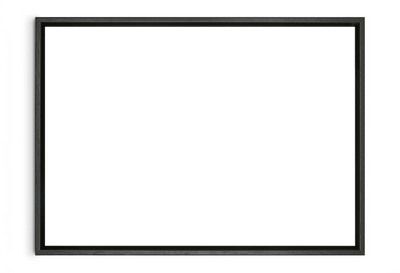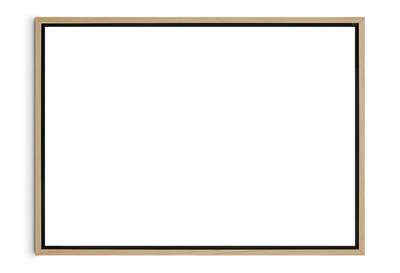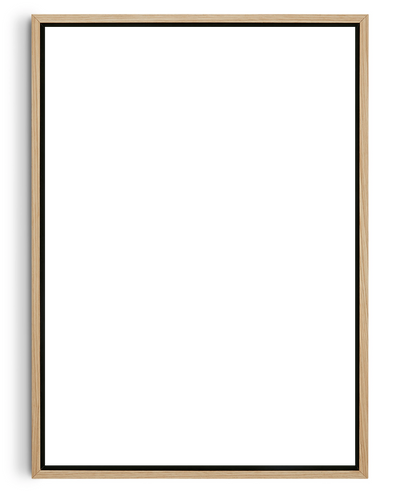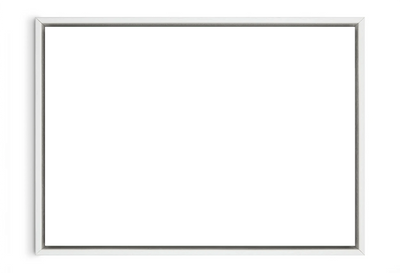
STEP #1
Look for artworks
It might sound obvious, but we always say buy art prints what you like. Trust your instinct and buy for the simple reason that you really like it. You might think that artwork represents your style or personality or it evokes an emotion or feeling when you look at it. Because at the end of the day, it’s your money, your style, your home, your choice… so what is the point in getting something you don’t really like?
Loads of people buy art because it complements their interior styling, and that’s fine. It’s worth including this in your decision making process, but you should ultimately buy and display art for the simple reason that you love it. Otherwise, you’re going to get sick of it really quickly and you would have wasted your hard earned money... we’ve seen it happen all too often when people want to exchange a print for another one a few months down the line
STEP #2
Nail the colour scheme
Once you’ve found a bunch of artworks you like, you can start to plan where to place them around your home. Sometimes you’ll know right away where they’ll look best and other times you may need to have a play around. This is where taking into consideration how they’ll fit with your interior can come into play. Remember, if you like an artwork, irrespective of how it’ll look in the position you originally had in mind, just buy it. There will always be a spot suitable for it somewhere and it’ll still give you that great sensation every time you see it
You want to take the artworks you’ve selected and look at the colours closely. Ask yourself, is there a commanding colour across the artwork(s)? This will be the accent colour and you’ll use it as the basis to inject further colours and energy into a room, whilst keeping everything unified
The secret 60/30/10 formula
To nail the balance of colours in a room, the 60/30/10 rule is an awesome rule... but we're going to take it one step further and create some beautiful colour theory magic by pair it with science, in the form of the colour wheel. If you haven't seen one before, behold the colour wheel!

10% of the rooms colours
Starting with the accent colour you’ve taken from your artwork(s), this should be the boldest, most eye-catching shade in the room. To achieve this 10% rule, in addition to the artwork, you can accessories with things like colourful cushions, lampshades and candles to bring more of the accent colour into the room's interior design
If you feel the room could handle more of the accent colour, feel free to test it. But too much of one colour and it’ll start to feel really overwhelming
30% of the rooms colours
Now, using your accent colour you’re going to expand the room's colour palette to find your secondary colour(s). You have a few options here depending on whether you want to make your accent colours blend in by using either a monochromatic scheme or an analogous scheme, or, if you want to be extra bold then either complementary, triad or tetradic colours are going to be your best bet
If you featured just one bold colour throughout a room it’d probably feel really intense. Having an accent colour and then using the colour wheels below you’ll identify colour synergies to make the room feel much more balanced
Applying a little colour theory
To keep things simple, we'll be using teal (aka blue-green) as the bold accent colour for the following examples
If you want to make your accent colours blend in, try one of these approaches:
1. Stick with a monochromatic scheme - pick a tint or shade that's just one or two off of your bold accent colour. For blue-green, it would be:

2. Choose analogous colours - you'll find these colours sit right next to each other on the colour wheel and, as a result have less contrast and are more peaceful. As their closeness on the wheel means the difference in colour will only be subtle. For blue-green, an analogous option could be blue or green
If you want to make your accent colours pop, you can use trusty science in the form of colour theory to help
If you want a single secondary colour that really pops, try one of these methods:
1. Here, a complementary colour to your accent colour works really well. For blue-green, the complement is red-orange

2. Choose a monochromatic colour that contrasts with your accent colour. Choose a tint or shade several steps lighter or darker that stands out against your accent colour. For blue-green, that would be:

If you want two secondary colour that really pops, try one of these methods:
1. Go for split complementary colours to your bold accent artwork colour. For blue-green, the complement is red-orange. The split complementary colours are red and orange

2. Opt for a colour triad that starts with your bold accent colour. For this method you have to select colours which meet at the corners of an equilateral triangle on the colour wheel. For blue-green, the two colours that complete the triad are red-violet and yellow-orange

3. Select an analogous palette of the 2 colours in a row that are next to the accent colour on the colour wheel. For blue-green, here’s the options:

If you want a three secondary colours that really pops, try one of these methods:
1. Choose a tetradic colour combo by picturing the four corners of a rectangle on the colour wheel. Notice how the tetradic method includes the complement of your starting colour, and the two colours that form the remainder of the rectangle are complements of each other. For blue-green, the tetradic combo includes red-violet, red-orange, and yellow-green

2. Choose an analogous scheme comprising of 3 colours in a row next to your bold accent colour on the wheel. For blue-green, here is what some options could be:

Remember, the more colours you bring into the decor of a room, whether that's through colourful art prints or furniture, the harder it becomes to make them all work and to retain a balanced look. This is why monochromatic and analogous schemes are the easiest to achieve, as they stray less far from your accent colour
To achieve this 30% rule, you can use larger accessories and furniture to bring more of the chosen colours into the rooms interior design
60% of the rooms colour
This will be the most dominant colour in the room (including the walls) and is usually the most neutral shade. Utilising neutral colours in a bold room seems like a stupid idea, but neutral colours help break up the room, giving your eye a break from a constant onslaught of vibrant colours
To achieve this 60% rule, you can use larger furniture that is made up of neutral shades, but it doesn’t have to be boring. As there are loads of options beyond just grey, white, black and brown. As other finishes like metal will give the same effect as true neutral, all whilst adding an additional layer of much-loved visual interest
Sum it up
Accent colours differ hugely from the other colours in your room and you want to ensure they command the space without being too overwhelming. The other colours in a room need to be liveable and relatively neutral, because they cover large surface areas and are more permanent, but your accent colours can be less rigid. You can have more fun and take more risks with small accents
Without colour theory you can find yourself using colours that are fighting for attention instead of ones that work together harmoniously. So we like to advise people to focus on the evolution of one colour into another. Then use these tones throughout other parts of your house, not just the one room.. if you're look for a congruent and thought out look. Stretching these colours throughout a space builds a story and takes your eye on a journey around the rooms. You can even take things to the next level and create a narrative building the intensity of colour tones in certain rooms and guide them from one focal point to another






















